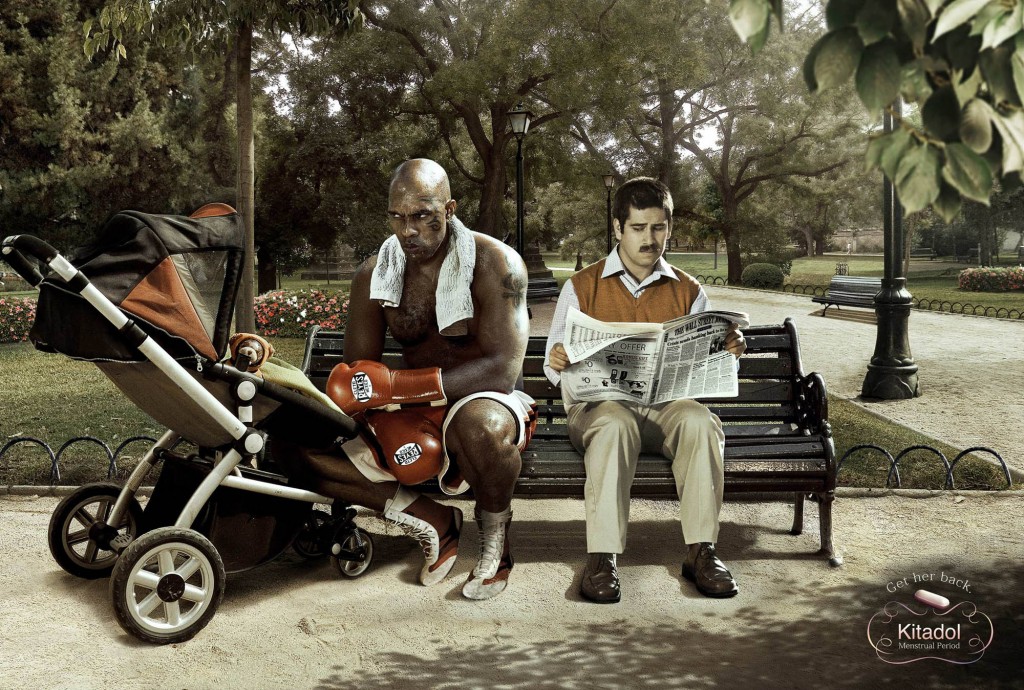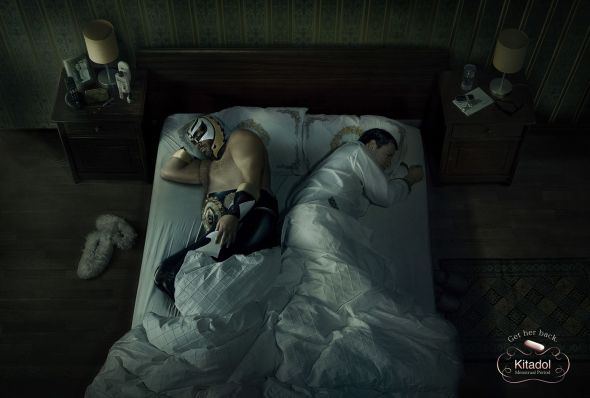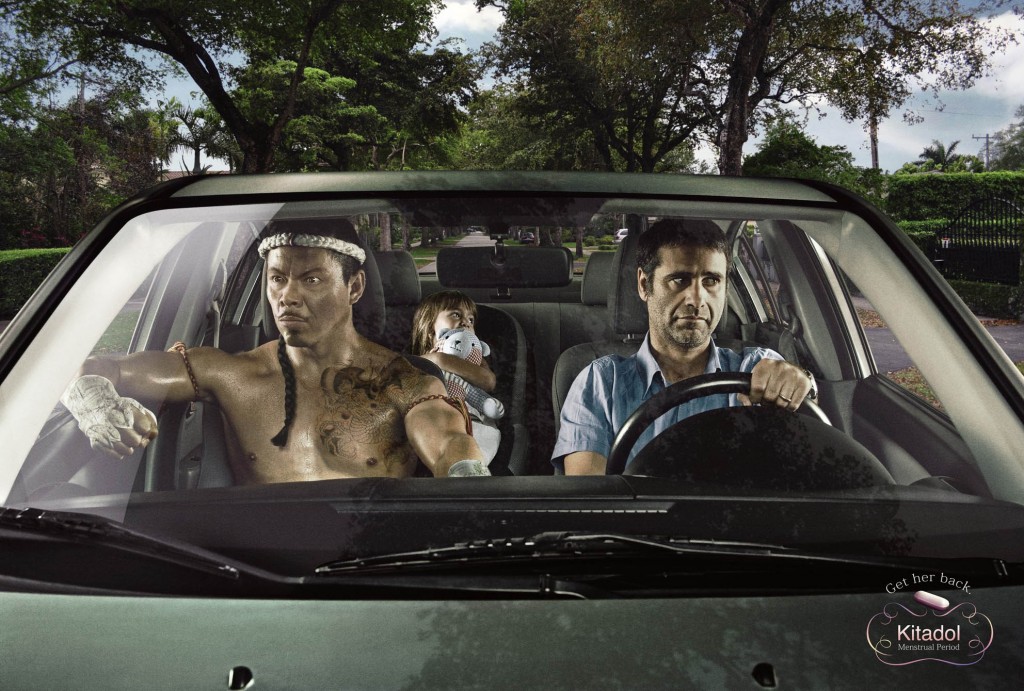For the past few years I’ve been following a wonderful little blog, Hanzi Smatter. The author invites people to submit images of tattoos written in (what they think is) Japanese or Chinese, to find out what they actually mean. As it turns out, tattoos often do not mean what their bearers think they mean. The results can be hilarious, like Thought to mean: Loyalty. Actual meaning: Noodles.
It is quite trendy in the U.S. to get a word that means something to you in English (“love,” “strength” etc.) tattooed in Japanese or Chinese characters. Visit any tattoo parlor or online tattoo image gallery and you’ll see many Chinese and Japanese character options. So why is this so popular? Some argue that the beauty and simplicity of the symbols make Asian characters desirable for tattoos: “But what, besides the beauty of the art, would make these tattoos so popular? The main reason is that Chinese symbolism can be used to express so much, while still remaining simple and clean.” But couldn’t any written language be considered beautiful (cursive English, for instance)? And isn’t any language capable of expressing a lot in just a few simple characters (words have multiple meanings even in English)?
I don’t think this is just about beauty and simplicity. Using Japanese or Chinese characters makes a tattoo more exotic than getting the same word tattooed in English. And there is an added element of mystery—having a tattoo that not everyone in an English-speaking country can read is cool (even if the person with the tattoo can’t read it, either).
Cultural appropriation describes the adoption of specific aspects of a culture that is not your own. A Kanji tattoo when the wearer is not Japanese and has no specific connection to Japanese culture is an example of cultural appropriation. While we could debate whether or not cultural appropriation is ever positive (e.g. the popularity of yoga, or the interest in Italian food and culture when HBO’s The Sopranos was running), there are negative consequences to cultural appropriation. When language and symbolism are taken out of their original context, the meaning is over simplified or completely lost. Tattoos that attempt to translate English into Japanese or Chinese characters are a perfect example of lost meaning:
Intended meaning: None. Characters chosen for their appeal. Actual meaning: “Buy/trade”, “road, path”, and “card” which is like a type of prepaid card that allows its owner to access public transportation.
Thought to mean: Warrior. Actual meaning: Waterfall or rapids.
Many tattoos are victims of what Hanzi Smatter calls “gibberish font.” There is no correlation between English letters and Japanese or Chinese characters, but some tattoo shops use this gibberish font for tattoos—using the font to spell out words letter by letter, when Chinese and Japanese don’t work that way.
Thought to mean: Initials of loved ones. Actual meaning: Nothing
Thought to mean: Beautiful. Actual meaning: “Calamity, disaster, catastrophe.”
Thought to mean: As long as I breathe, I hope. Actual meaning: The five characters mean “living”, “air”, & “love” separately, but just the characters together do not create the intended sentence.
Thought to mean: Outlaw. Actual meaning: “[In] hiding” and “criminal”, or the equivalent of “snitch” or “rat”.
Thought to mean: Live for today. Actual meaning: None.
Hanzi Smatter discusses that last one:
As is, this gibberish means nothing in Japanese or at least nothing like “live for today” and I don’t think it means anything in Chinese either. The only meaning I can guess is that if it were written 生きて現れる, this would mean “to show up alive” or “turn up alive” as if someone thought dead had appeared alive. Anyway, it sounds pretty spooky, like seeing a zombie!
I think the person who made this up just looked in a dictionary for the word for “to live” 生 and a word that means something like “now” 現and thought you could stick them together to make “live for today.”
The fact that these tattoos, and countless more like them, don’t mean what people think they mean, illustrates the consequences of fetishizing aspects of a culture. Symbols and language don’t translate easily from one culture to another. Adopting aspects of a culture that might seem “exotic” without understanding what they mean in their specific contexts ends up creating cultural gibberish; tattoos that make no sense to anyone at all.








